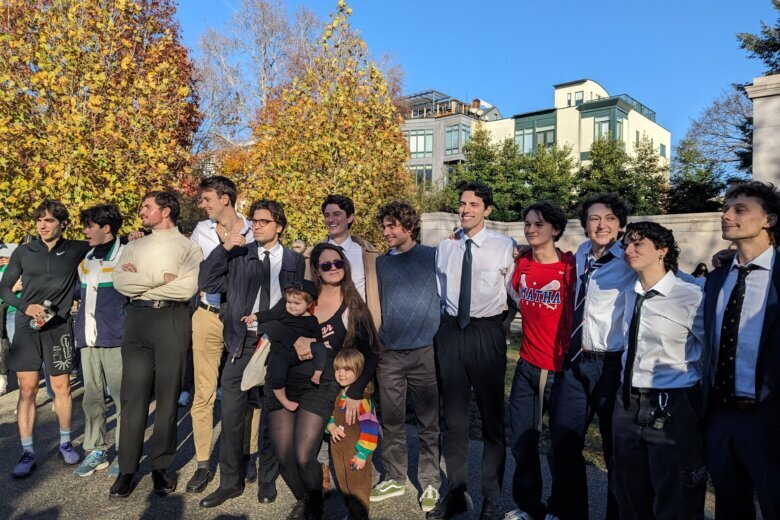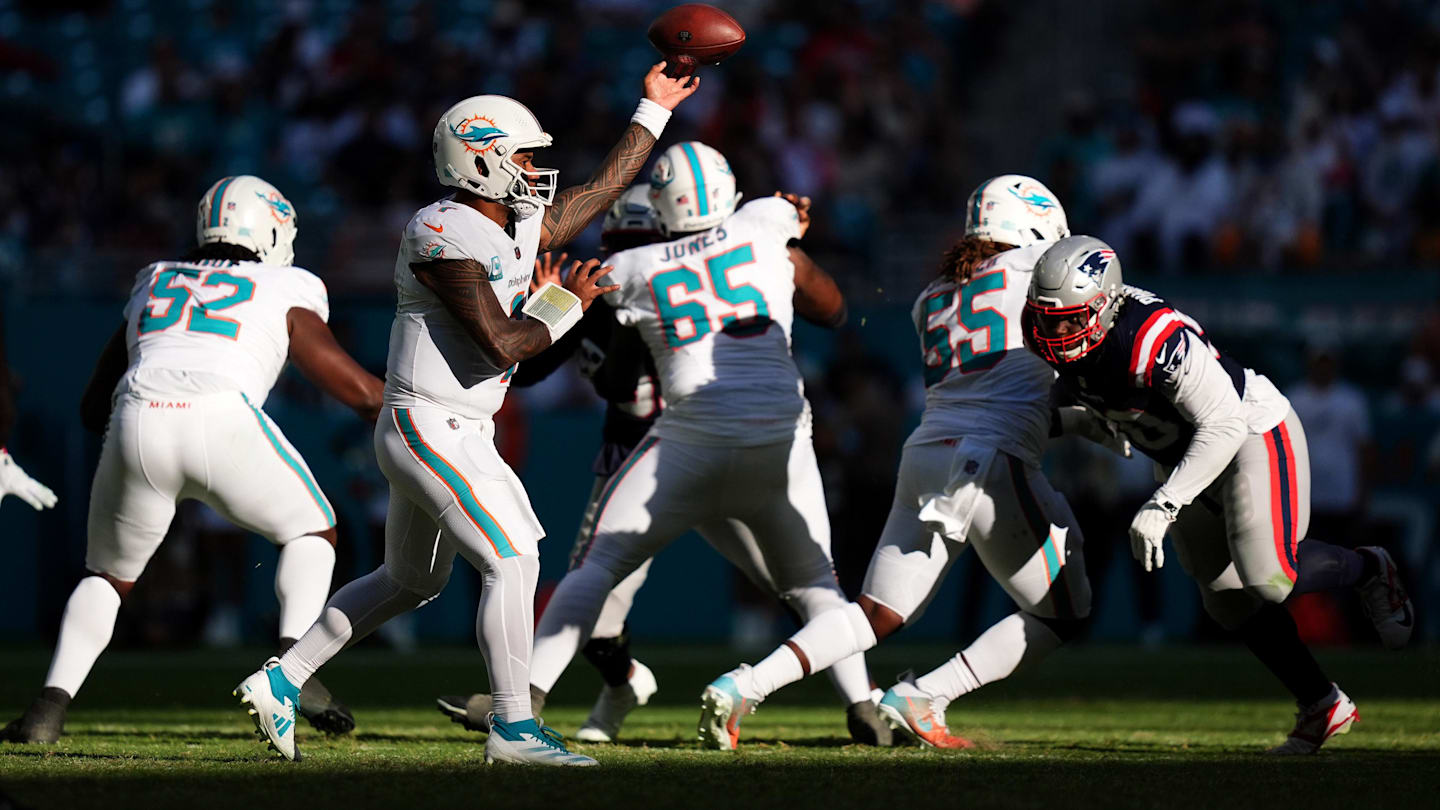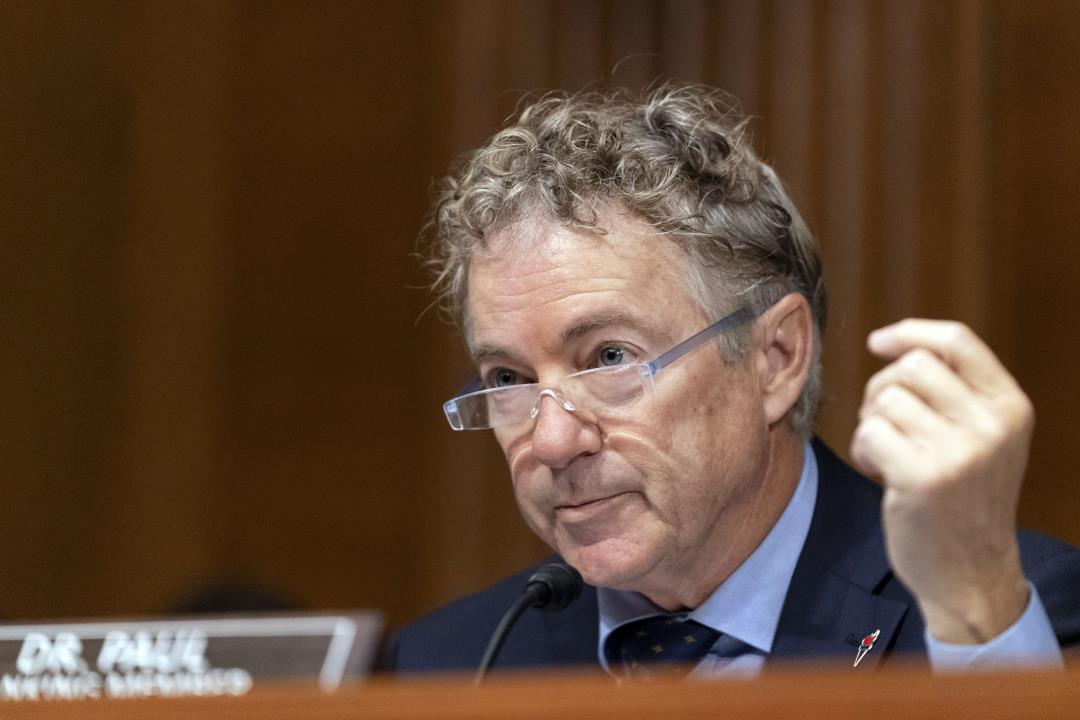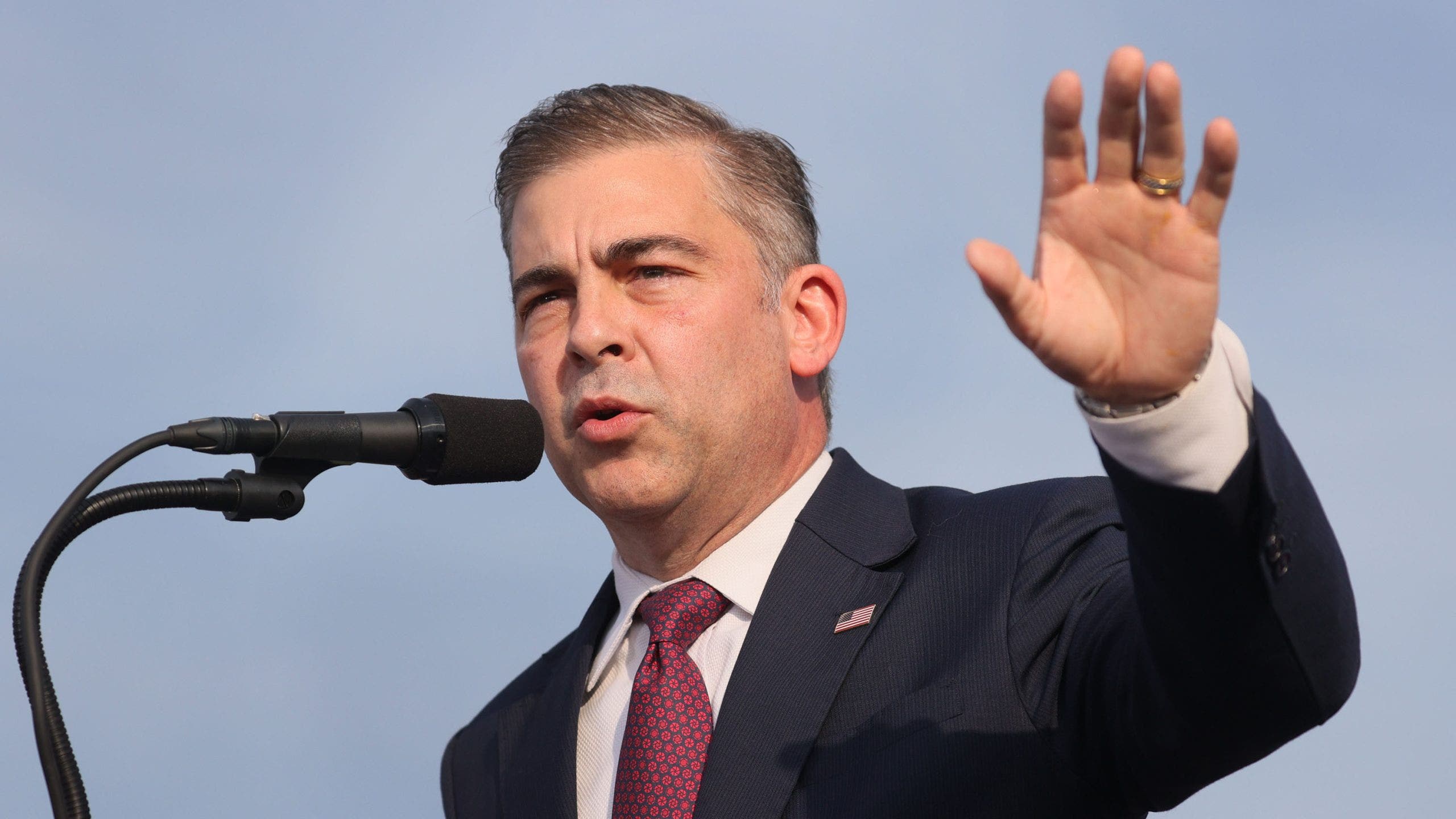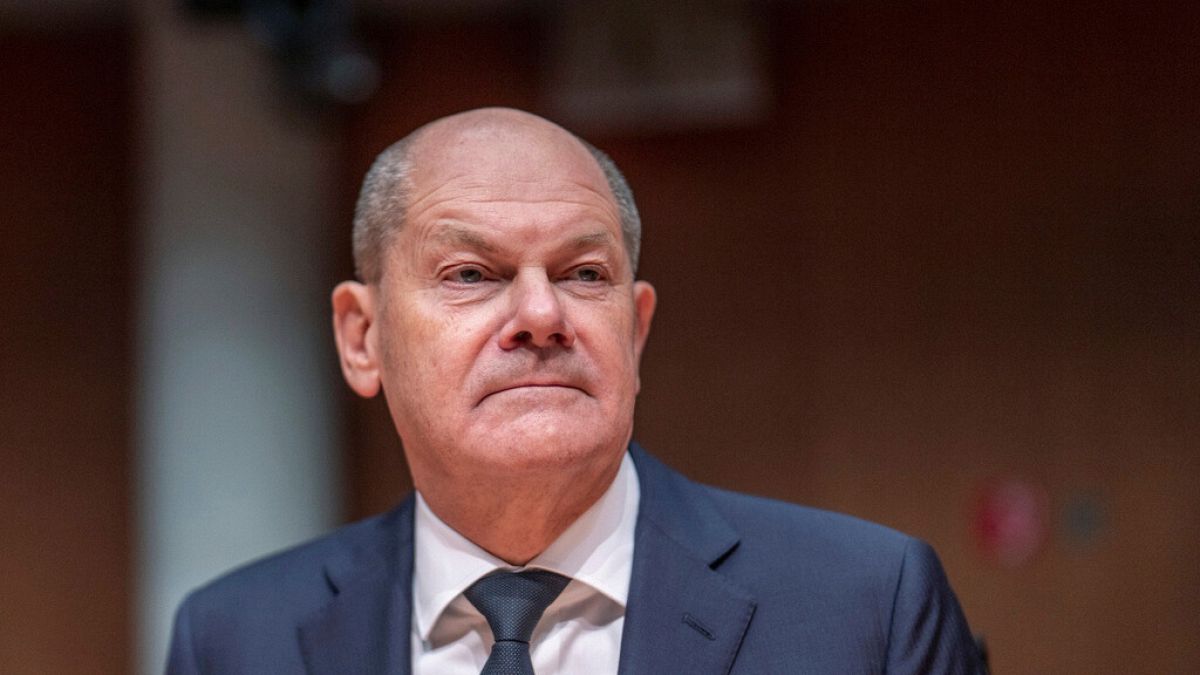Washington, D.C
‘They literally beat me for 2 minutes’: Firefighters say assaults against them on the rise

D.C. firefighter Myisha Richards always considered herself one of “the good guys,” but as she continues to recover from a brutal assault, which she said came at the hands of a patient who called for help, she admitted, “I feel like a lot of things changed.”
Richards and her partner were responding to a call for someone having trouble breathing. Minutes later, Richards was the one who needed help, she said.
Shortly after arriving at the Southwest D.C. apartment the afternoon of July 31, 2020, the people inside starting fighting, Richards said. She and her partner decided to leave, but before they could reach the stairs and call for police backup, Richards was attacked, she said.
“The girl jumped over the railing and she came down and just started, like, wailing on me, basically,” she said. “Then the other girl came down, the (trouble breathing) patient that we were there for. They literally beat me for two minutes.”
Richards said the last things she remembers were radioing for help and seeing one of the women’s shoes kicking her face.
When she got to the hospital, she needed stiches above her eye, had bruises on her face, a concussion and was missing hair where she said the attackers pulled handfuls from her head.
When questioned by police, one of the women told officers, “They were in a fight with the EMS personnel because they were unhappy with their services,” court records obtained by the News4 I-Team show.
Court records show the two women were arrested, but charges against one were dropped. The other was sentenced to more than 60 hours of community service, according to records.
Richards said she is still dealing with the effects years later.
“We are the good guys,” Richards told the I-Team, adding, “I feel like a lot of things changed.”
The I-Team’s examination of violence firefighters and EMTs face on our streets comes as insiders suggest violent attacks are on the rise. Just days ago, assault charges against two D.C. firefighters were dismissed. Those firefighters had been seen on video hitting someone on scene as other firefighters treated someone nearby. The firefighters always said that a bystander started the assault.
“I would say it’s getting worse,” D.C. firefighters union President David Hoaglund told the I-Team. Firefighters are getting hit “fairly often,” according to Hoaglund, but official counts are hard to find.

After she was assaulted, Richards told the I-Team, “I just moved differently because I was always on a high alert.” Eventually, she said, the PTSD from her assault kept building up inside. She got back to work, but withdrew, said she stopped seeing friends, drank far too much and one day on a medical call just couldn’t do her job anymore.
“I just kind of froze,” Richards told the I-Team. “I could not really function other than the only thing I could worry about was what everybody else was doing and how we can get up out of there.”
She finished her shift and checked herself in to a 45-day inpatient rehab in Maryland solely for firefighters dealing with addiction and post-traumatic stress disorder. The Center of Excellence is funded by the International Association of Firefighters for its members.
Now back at work, Richards is speaking out.
“I’m very vocal about talking about it because I’m not the only one, right,” she said. “And I think that we all get in that position where we think that we’re the only ones, and sometimes talking about it helps other people.”
Most departments don’t keep records, and Hoaglund said many firefighters consider some assaults from patients as “part of the job.”
The FIRST Center at Drexel University tracks “media-covered” assaults on firefighters. In 2021, researchers scoured online reports of firefighters assaulted on duty and found 350 around the United States. A year later, in 2022, researchers found 593.
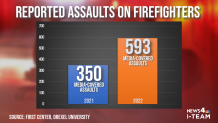
Jennifer Taylor, the center’s founding director, cautioned the I-Team the data only reports those assaults picked and reported by news organizations. She doesn’t dispute that firefighters are facing tough conditions on America’s streets.
“The first time someone assaults you, you’re never going to forget it and you’re never going to do the job the same,” she said.

FEMA and the International Association of Firefighters help fund work at the FIRST Center solely studying firefighter injury and safety.
Taylor warns the nation’s EMS workforce is overworked and doesn’t have time to recover from either the PTSD of seeing traumatic situations or violent patients.
“We hung out a shingle that says, if you need something, call 911, but we didn’t staff for it,” she said. “We don’t have enough EMS responders to respond to the 29 million calls we had for EMS last year and so we’re doing the work on the back of this workforce, and they are not able to recover from the day-to-day stress of maybe going on 15, 20 runs for who knows what.”
Taylor and her team at the FIRST Center are developing training programs to deal with the emerging threat.
“There’s nothing that trains a paramedic or an EMS responder in a fire department that the work may become violent until now,” she said.
The center developed model SAVER policies for fire departments to adopt including:
- Allowing on-scene personnel to decide to leave an unsafe call with or without a patient.
- Mandating dispatchers share information about previously known violent locations.
- Dispatching police with fire and EMS to potentially dangerous calls.
- Increased violence reporting and sharing of that information within departments.
Experts told the I-Team addiction and untreated mental illness are fueling many of the assaults. They occur not just on calls for health emergencies, but even sometimes responding to a burning home.
The union that represents D.C. firefighters would like to see de-escalation training for its members.
Hoaglund confirmed getting hit or kicked is considered part of the job as long as it isn’t a serious injury.
“I think unfortunately it’s moving in that direction, but we’re realizing that that really needs to change,” he said.
D.C. Fire & EMS still offers all members professional counselors but has seen a 10-15% annual growth in the number of peer counselor visits.
“I think you need it now more than ever,” D.C. Fire & EMS Lt. Dan Brong, one of the program’s leaders, told the I-Team. “We’re seeing more, more horrific calls.”

Brong explained after a particularly traumatic or assaultive call, peer counselors check in on firefighters with support and resources to cope with what firefighters face.
In Loudon County, firefighters and dispatchers have new tools to deal with the changes, in part after firefighters were met with a handgun after responding to a call for a possible medical emergency.
Firefighters were dispatched to a supposed cardiac arrest but couldn’t get into the home when they arrived. After minutes of knocking and looking in windows, they had to force entry. When they did, the man, who’d been inside asleep (and not in cardiac arrest), was holding a weapon. Thankfully, no shots were fired.
Now before Loudoun firefighters force their way into a home, they gather more details about who might be inside from neighbors, officers or if there’s been a history of violence at that address.
Loudoun now dispatches calls with important clues for teams responding, describing scenes as hot or cold. A hot scene is code firefighters know. It means be cautious. In some cases, wait for police to join you. It is all aimed to keep firefighters from becoming targets.
“They’re very aware of the risk,” Loudoun County Fire Battalion Chief Daniel Neal said. “And, you know, everybody wants to go home.”

Reported by Ted Oberg, produced by Rick Yarborough, shot by Steve Jones and Jeff Piper, and edited by Steve Jones.

Washington, D.C
Road closures in Southwest DC for Washington Spirit fan appreciation rally – WTOP News
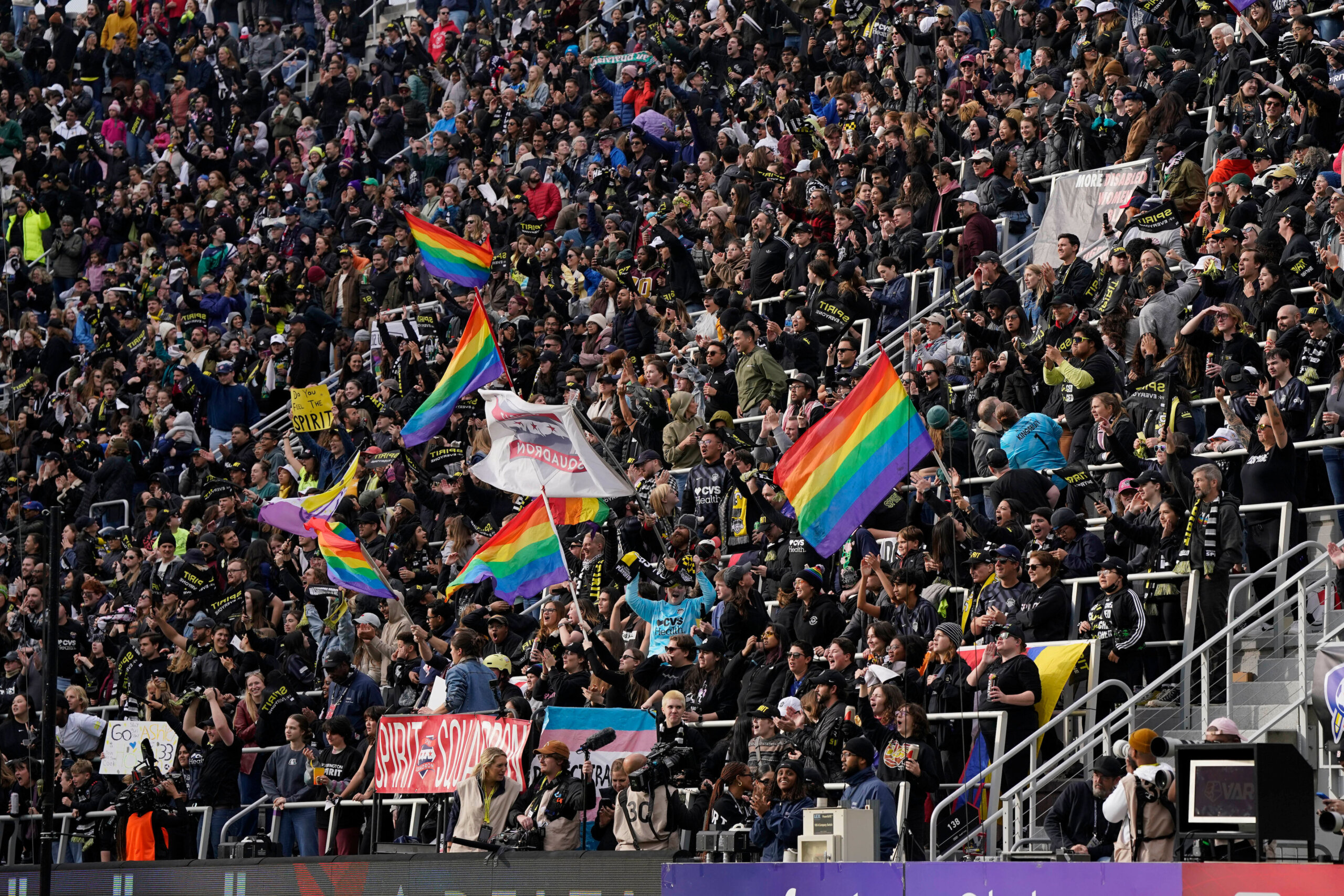
The Washington Spirit is holding a fan appreciation rally Monday evening to celebrate the team’s NWSL Championship appearance, and there will be road closures.
The Washington Spirit is holding a fan appreciation rally Monday evening to celebrate the team’s National Women’s Soccer League Championship appearance.
It’s happening from 6 p.m. to 8 p.m. outside Audi Field. Tickets are free but required to attend and can be reserved online.
The night will feature appearances from some of the team’s star players, guest speeches and music. But the event also promises to bring something drivers won’t be so eager to celebrate — road closures.
Here’s what you need to know.
The following streets will be posted as Emergency No Parking until 11 p.m., according to D.C. police:
- Potomac Avenue from South Capitol Street to First Street, SW
- R Street from First Street to 2nd Street, SW
- R Street from South Capitol Street to Half Street, SW
- S Street from First Street, SW to Half Street, SW
- T Street from First Street to 2nd Street, SW
- Half Street from Potomac Avenue to V Street, SW
- V Street from 2nd Street to Half Street, SW
- First Street from T Street to V Street, SW
- 2nd Street from R Street to Street, SW
The following street, D.C. police said, will be closed to vehicular traffic from approximately 3 p.m. to 10 p.m.:
- S Street from First Street to Half Street, SW
The following streets may also be closed to vehicular traffic during the event, according to D.C. police:
- Potomac Avenue from South Capitol Street to First Street, SW
- R Street from First Street to 2nd Street, SW
- R Street from South Capitol Street to Half Street, SW
- T Street from First Street to 2nd Street, SW
- Half Street from Potomac Avenue to V Street, SW
- V Street from 2nd Street to Half Street, SW
- First Street from T Street to V Street, SW
- 2nd Street from R Street to Street, SW
Get breaking news and daily headlines delivered to your email inbox by signing up here.
© 2024 WTOP. All Rights Reserved. This website is not intended for users located within the European Economic Area.
Washington, D.C
Jack Schlossberg look-alike contest held in Northwest DC – WTOP News
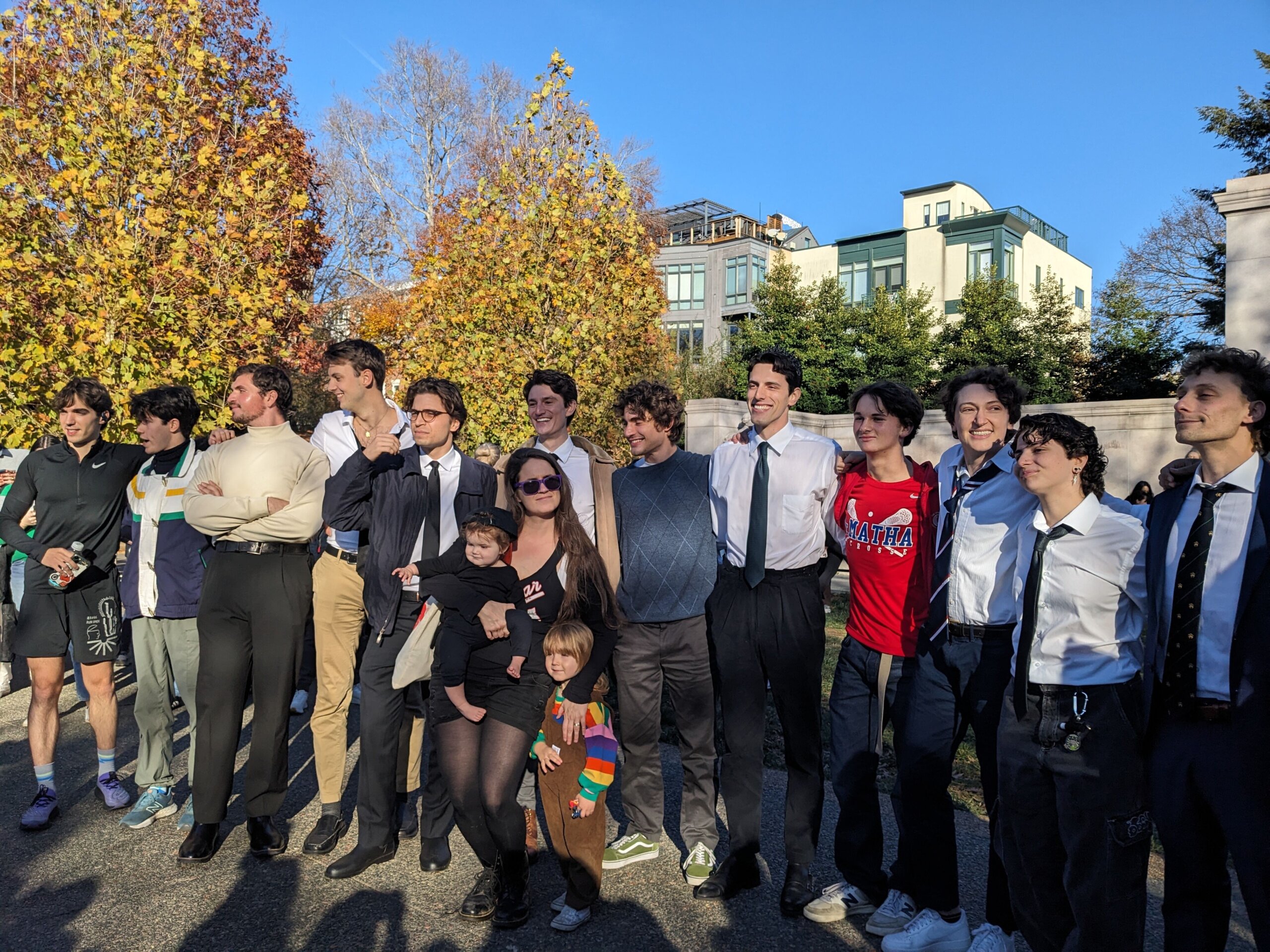
Following a trend of celebrity look-alike contests across the U.S. — and in the most D.C. fashion — one honoring a political legacy baby happened in Northwest on Sunday.
Following a trend of celebrity look-alike contests around the nation — and in the most D.C. fashion — one honoring a political legacy baby happened at a Northwest park on Sunday.
Hundreds of college-aged D.C.-area residents came out for a Jack Schlossberg look-alike contest being held at Meridian Hill Park in Columbia Heights.
The appeal is obvious: people crave community.
A scion of the famous Kennedy family, Schlossberg has been called the “people’s princess” for his pretty-boy good looks, an appeal to young Americans and the playful new energy he brings to politics.
His occasional public appearances, often in support of political causes, have led to comparisons to his grandfather, former President John F. Kennedy — both in terms of appearance and charisma.
In front of the James Buchanan Memorial statue, some 10 contestants stood in front of the massive crowd. Done up in plain button-up shirts and black ties — or one contestant who decided to strip in the 50-degree weather — the diverse group of contestants did their best to emulate the Kennedy grandson.
One by one, the crowd yelled in approval of which contestant they thought looked most like Schlossberg.
“I think he’s the perfect look-alike subject for D.C. He’s from a political family and he’s a political leader himself. … D.C. loves a handsome man in politics and we’re glad we picked him over any old senator. That would have been way less fun,” said event organizer Georgia Parolski.
Though Schlossberg hinted he would be attending the event, Instagram stories made outside a Tesla location in New York proved otherwise.
“I am a little disappointed. But he has a certain mystique to maintain,” Parolski said.
Co-organizer Ruchika Sharma said they could have never expected the turnout: “We were originally supposed to be in Dupont Circle, and the RSVP response was just incredible. We had to move it.”
They said over 1,200 people RSVP’d to attend the event.
After about half an hour of bracketing out the crowd-favorites and asking Schlossberg trivia questions, a winner was crowned — taking home a $50 cash prize, a $100 Zipcar gift card and a $100 gift card to the restaurant Salazar.
“I’m way too online and I’m way too into politics,” said winner Daniel Bonomo, a 25-year-old graduate student at Georgetown University.
Bonomo elicited jeers from the audience after announcing he was, unfortunately, not single. But standing in a tiara in front of the hundreds of oglers, he said he would always “commit to the bit.”
Organizers Sharma and Parolski said they don’t intend to host another event, citing the quick cycle of online trends.
“When (Sharma) texted me about a look alike contest, I said, ‘We need to do it as soon as possible, because it’s going to leave the cultural zeitgeist in a week anyways,’” Parolski said. “And I think we sent it out with a bang.”
WTOP’s Abigail Constantino contributed to this report.
Get breaking news and daily headlines delivered to your email inbox by signing up here.
© 2024 WTOP. All Rights Reserved. This website is not intended for users located within the European Economic Area.
Washington, D.C
WATCH: DC names Jack Schlossberg look-alike in local contest

Jack Schlossberg look-alike contest in DC
D.C. is the latest city to jump on the trend of celebrity look-alike contests, with a Jack Schlossberg look-alike contest being held Sunday at Malcolm X park in Northwest D.C.
WASHINGTON – Hundreds gathered in Northwest D.C. Sunday to crown one person the doppelganger of Jack Schlossberg, John F. Kennedy’s only grandson.
Schlossberg, a political correspondent for Vogue, spoke at the Democratic National Convention earlier this year.
Sunday’s look-alike contest at Meridian Hill Park is the latest in a trend of look-alike contests in major cities throughout the country. Timothee Chalamet himself showed up to his look-alike contest in New York City last month.
Watch the moment the winner was crowned below.
Winner crowned Jack Schlossberg look-alike
One person was named the look-alike of Jack Schlossberg, John F. Kennedy’s only grandson and Vogue’s political correspondent. Video via X user @setotah.
-

 Business1 week ago
Business1 week agoColumn: Molly White's message for journalists going freelance — be ready for the pitfalls
-

 Science6 days ago
Science6 days agoTrump nominates Dr. Oz to head Medicare and Medicaid and help take on 'illness industrial complex'
-

 Politics1 week ago
Politics1 week agoTrump taps FCC member Brendan Carr to lead agency: 'Warrior for Free Speech'
-
/cdn.vox-cdn.com/uploads/chorus_asset/file/25739950/247386_Elon_Musk_Open_AI_CVirginia.jpg)
/cdn.vox-cdn.com/uploads/chorus_asset/file/25739950/247386_Elon_Musk_Open_AI_CVirginia.jpg) Technology7 days ago
Technology7 days agoInside Elon Musk’s messy breakup with OpenAI
-

 Lifestyle1 week ago
Lifestyle1 week agoSome in the U.S. farm industry are alarmed by Trump's embrace of RFK Jr. and tariffs
-

 World1 week ago
World1 week agoProtesters in Slovakia rally against Robert Fico’s populist government
-

 Health2 days ago
Health2 days agoHoliday gatherings can lead to stress eating: Try these 5 tips to control it
-

 News1 week ago
News1 week agoThey disagree about a lot, but these singers figure out how to stay in harmony


